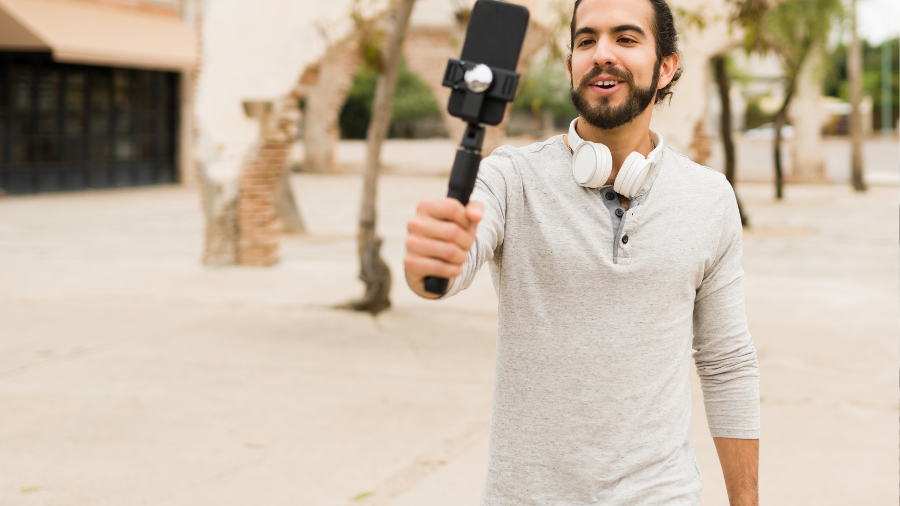Influencer marketing has moved far past the free-product-for-a-post stage.
What used to be experimental is now a core strategy for brands across every industry.
But that also means expectations are higher—and results don’t come from winging it.
If you’re serious about doing it right, you need to follow the best practices for influencer marketing that actually hold up in the real world.
Not recycled tips. Not outdated advice. Just practical, proven steps that help you build stronger campaigns, better partnerships, and content people actually care about.
Best practices for influencer marketing begin with genuine relationships
Before budgets, briefs, or brand guidelines—there’s trust.
And without it, nothing else in your campaign really sticks.
Why long-term relationships outperform one-time promotions
The best practices for influencer marketing aren’t built around quick wins.
They’re built on mutual respect. If the relationship is purely transactional, you’re not creating influence—you’re renting it.
Creators want to feel like collaborators, not just ad space.
The more involved they are in your mission, the more naturally they talk about your brand—and the more their audience listens.
That kind of connection doesn’t come from cold emails or one-off campaigns.
It comes from investing time, showing up consistently, and treating influencers like partners from day one.
Focus on fit, not follower count
It’s tempting to chase big numbers, but high reach doesn’t always mean high return.
What matters more is how well a creator fits your brand.
Micro-influencers and engagement over hype
One of the biggest shifts in the best practices in influencer marketing is the move toward relevance.
You’re not looking for the loudest voice. You’re looking for the voice that speaks directly to your audience.
Micro-influencers often have tighter communities, stronger trust, and better engagement.
Their content feels like a friend’s recommendation, not a polished ad.
And in most cases, those honest, organic interactions lead to better outcomes than working with someone who has a million followers but little connection with them.
Set clear goals
Before you reach out to a single influencer, you need to know what you’re trying to achieve.
Otherwise, you’re just making noise.
Tailor your strategy around results, not aesthetics

A lot of brands jump into collaborations because a creator “looks on-brand.” That’s not enough.
Best practice influencer marketing starts with purpose—are you aiming for sales, sign-ups, awareness, or content assets?
When your goal is clear, everything else becomes easier.
You know who to work with, what kind of content to request, and how to measure if it’s working.
Aesthetic alignment is great, but it should follow your objectives, not replace them.
The best influencer marketing campaigns give creators creative freedom
Influencers didn’t grow their audience by reading from scripts.
So if you want content that actually lands, don’t smother their voice.
Guidelines are good. Scripts aren’t.
One of the most overlooked best practices influencer marketing teams forget is letting creators stay creators.
Give them context. Give them talking points. But don’t hand them a robotic caption.
When you let influencers tell your story in their own style, the message comes off real—and their audience can tell the difference.
Overproduced, overly branded content gets skipped. Honest, casual storytelling gets shared.
You’re partnering with someone for their voice. Let them use it.
Measure, learn, repeat: the analytics side of influencer marketing best practices
A campaign doesn’t end when the post goes live.
The smartest marketers treat it as the starting point for better ones.
What data to track—and how to apply it
Part of following best practices influencer marketing professionals rely on is knowing what’s actually working.
That means tracking more than just likes.
Look at engagement, reach, click-through rates, conversions, and even saves.
See which creators delivered the most value—not just impressions.
The insights you gather now will help you refine who you work with, what type of content resonates, and how you budget next time.
Data doesn’t replace creativity—it supports it.
Final Thoughts
There’s no magic formula for influencer marketing.
But there are solid, proven practices that save you time, money, and guesswork.
The best practices for influencer marketing—building real relationships, working with the right creators, setting clear goals, giving creative freedom, and tracking performance—aren’t trends. They’re the foundation.
If you treat influencer marketing like a one-off tactic, you’ll keep chasing results.
But when you treat it like a long-term strategy—with the right people and the right mindset—you start seeing real returns.

